Image Compression is a method deployed onto any graphics categorical file for reducing the dimension like size by also ensuring the better quality of image to permissible threshold value. This way, the requirements for the memory could come down drastically. As the interest towards the image compression approaches are ever increasing in the arena of scholarly world, we are in the need of enhanced image compression processes. So, we are going to list and brief the top 7 image compression projects in the below sections of the short write-up. These top 7 image compression projects will be able to give basic picture of a typical image compressing project to any students to help them complete those projects without any hassle.
Providing the students with the Top 7 Image Compression Projects to make them realize every pre-requisite to crack their projects:
1. RGB Image Compression Using Discrete Cosine Transform Algorithm
Compression of RGB- Red Green Blue colored images might be difficult as those colors are the primary colors that we tend to see in most of our surrounding including the computer screen.
These RGB colored images could be easily compressed by using the DCT- Discrete Cosine Transform. The compression could be performed by partitioning the images into 16 × 16 or 8 × 8 blocks and in case of video compressing, the frames could be taken into consideration.
Whenever the students do the projects on the genre of the image compression, they tend to realize a few pre-requisite skillsets/ concepts which later help them to crack their projects in a positive note. Those pre-requisites are as follows: basics of image processing; frames; understanding the different types of image formats; network bandwidth; storage space; etc.
2. Fingerprint compression based on sparse Representation
The authentication systems of these days have become much robust than the earlier by using the identities like retina scan; finger prints scan; etc. However, as the number of compressions that are to be stored in the authentication systems are larger, they often need to be compressed for accommodating more numbers of finger print identities.
For the achieving the compression of these larger number of finger prints, an enhanced compressing methodology named sparse representation could be utilized.
Whenever the students do the projects on the genre of the image compression, they tend to realize a few pre-requisite skillsets/ concepts which later help them to crack their projects in a positive note. Those pre-requisites are as follows: basics of image processing; authentication systems; understanding the different types of image formats; network bandwidth; bio-metric systems; storage space; etc.
3. Hierarchical Prediction and Context Adaptive Coding for Lossless Color Image Compression
When it comes to fulfill the raised bandwidth or memory requirements, the compression methodology named lossless color compression is used.
Stratified forecasting and context reconciling arithmetic coding could be deployed for performing the lossless color image compression. The images of the RGB could be taken into consideration for this kind of image compression process.
Whenever the students do the projects on the genre of the image compression, they tend to realize a few pre-requisite skillsets/ concepts which later help them to crack their projects in a positive note. Those pre-requisites are as follows: basics of image processing; special benefits offered by lossless compression along with the suitable approaches; understanding the different types of image formats; network bandwidth; storage space; etc.
4. Approximation and Compression With Sparse Orthonormal Transform
Much reduced degrees of freedom containing compression image outcomes could be resulted with the utilization of effective transforms. Not just compression, but also the approximation could be resulted with these transforms.
From the context of futuristic multimedia utilizations, a novel transform design approach targeting the production of compressed enhanced transforms could be developed with the least repetitions.
Whenever the students do the projects on the genre of the image compression, they tend to realize a few pre-requisite skillsets/ concepts which later help them to crack their projects in a positive note. Those pre-requisites are as follows: understanding of transforms; basics of image processing; understanding the different types of image formats; knowledge of multimedia; network bandwidth; storage space; etc.
5. Enhanced Ultrasound Image Reconstruction Using a Compression Blind De-Convolution Approach
The exploration towards the reconstruction of US- Ultra Sonic images make us to come across the conceptions of the CS- Compressive Samplings and Compressive deconvolution.
Better US type image reconstructions are possible with the development of technique named CBD- Compressive Blind Deconvolution.
Whenever the students do the projects on the genre of the image compression, they tend to realize a few pre-requisite skillsets/ concepts which later help them to crack their projects in a positive note. Those pre-requisites are as follows: basics of image processing; Dealing of US images; understanding the different types of image formats; basics of deconvolution; network bandwidth; storage space; etc.
6. Two-Dimensional Orthogonal DCT Expansion in Trapezoid and Triangular Blocks and Modified JPEG Image Compression
There is a craze behind the JPEG- Joint Photographic Experts Group type image compressing approaches when compared to other standards used in the arena of image processing.
A much-enhanced DCT could be used for achieving the effective JPEG type image compression. For the purpose of extending the prospects of the DCT, 2-D orthogonal splitting of triangular as well as the trapezoidal shapes could be done, which in turn results in raised compression ratio.
Whenever the students do the projects on the genre of the image compression, they tend to realize a few pre-requisite skillsets/ concepts which later help them to crack their projects in a positive note. Those pre-requisites are as follows: basics of image processing; enhancements of DCT; understanding the different types of image formats; network bandwidth; JPEG formats; storage space; etc.
7. Comparative Analysis Variable Quantization DCT and SVD Image Compression
As the needs of compression of multimedia like images and videos are increasing, the methods proposed to fulfill those needs are also increasing.
A comparative investigation of two novel compressing methodologies like SVD- Singular Value Decomposition and fluctuating quantization DCT could be made with respect to two aspects like PSNR- Peak Signal to Noise Ratio and compression ratio.
Whenever the students do the projects on the genre of the image compression, they tend to realize a few pre-requisite skillsets/ concepts which later help them to crack their projects in a positive note. Those pre-requisites are as follows: Understanding of comparative investigations; basics of image processing; understanding the different types of image formats; SVD; network bandwidth; DCT; storage space; etc.
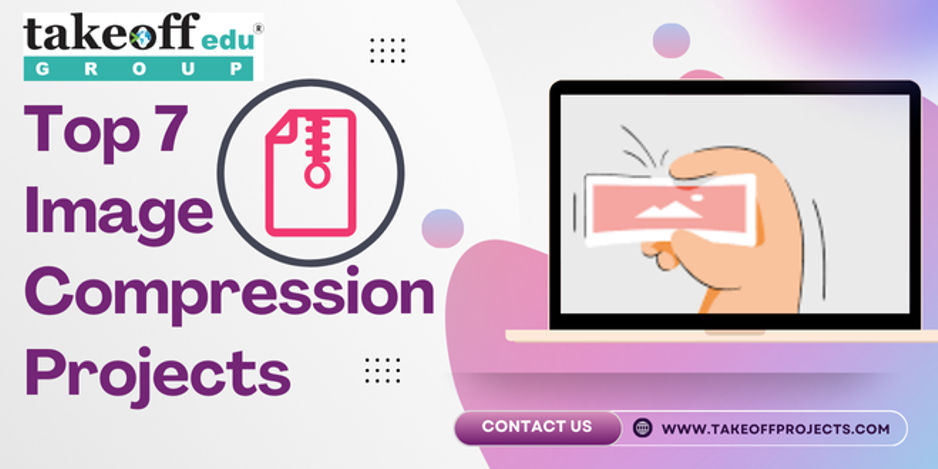
 Enhancing Security in 5G Device-to-Device Communication with a Secure Gale-Shapley Algorithm
Enhancing Security in 5G Device-to-Device Communication with a Secure Gale-Shapley Algorithm  MATLAB Projects in 5G and Beyond: Beamforming, NOMA and More
MATLAB Projects in 5G and Beyond: Beamforming, NOMA and More  Design and Simulation of MIMO Systems Using MATLAB
Design and Simulation of MIMO Systems Using MATLAB 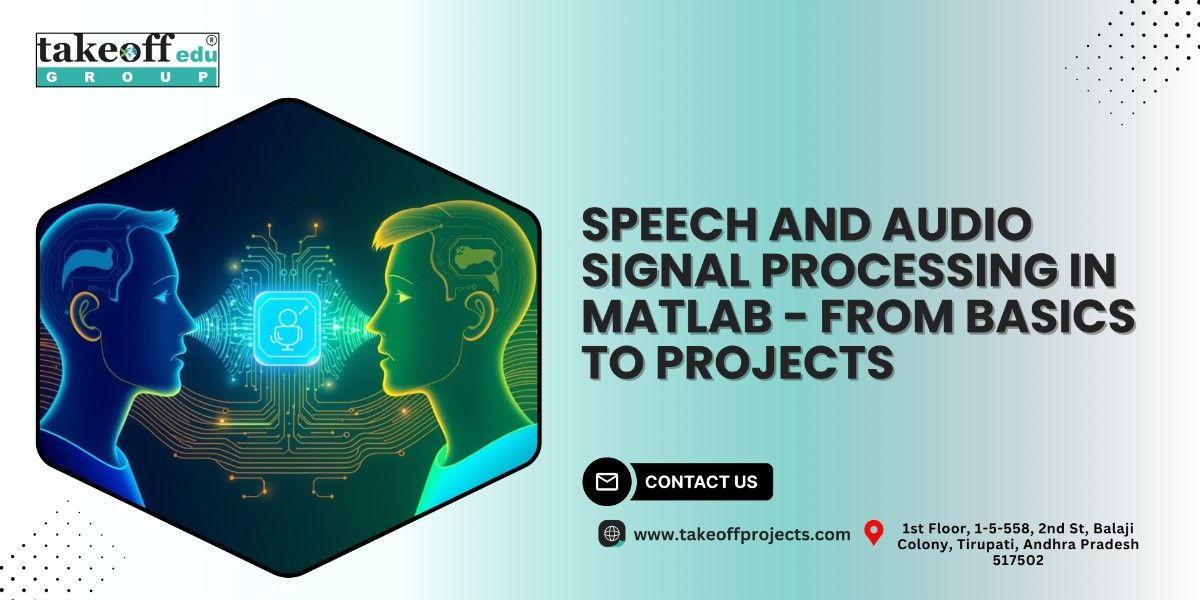 Speech and Audio Signal Processing in MATLAB: From Basics to Projects
Speech and Audio Signal Processing in MATLAB: From Basics to Projects 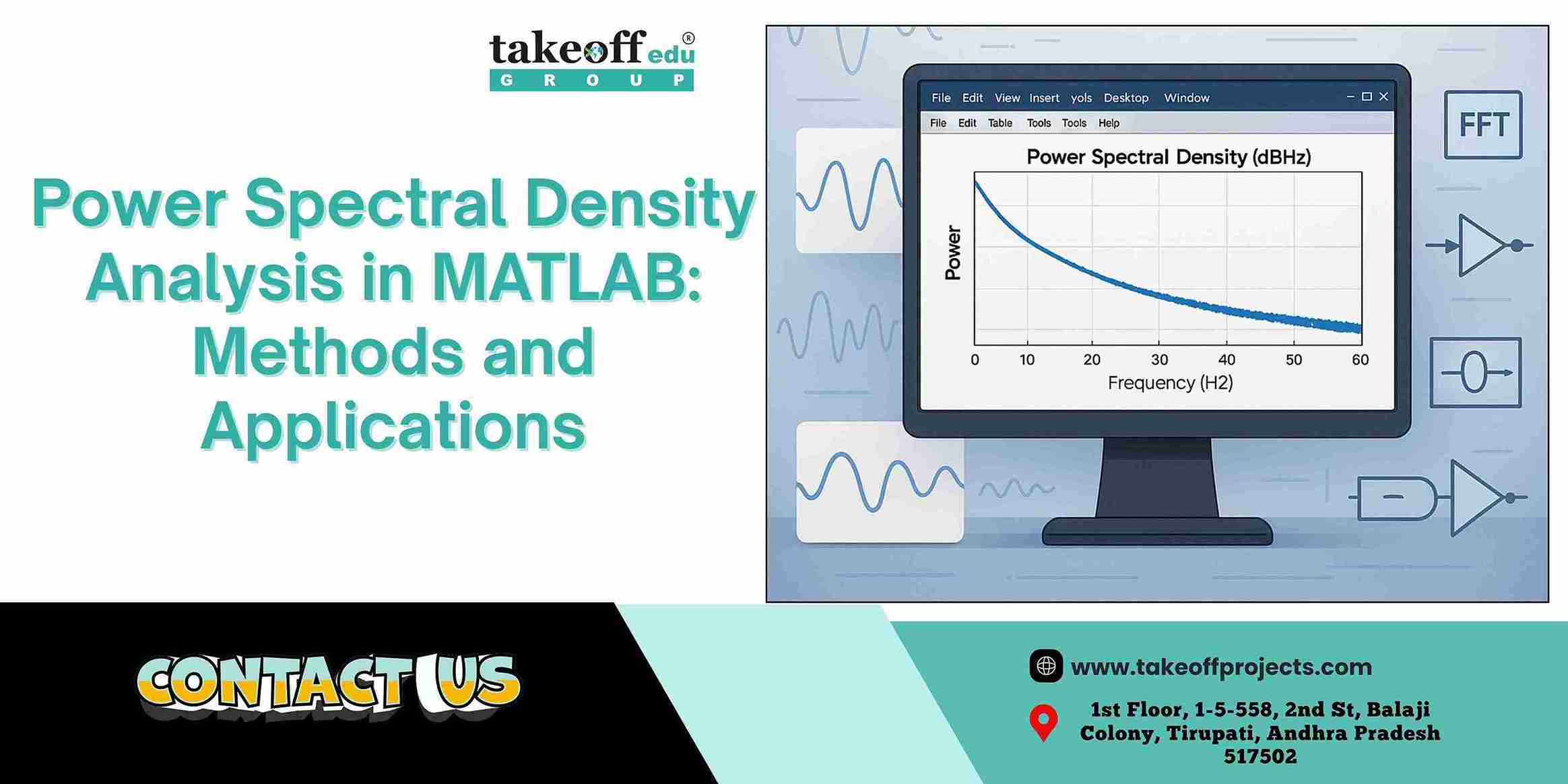 Power Spectral Density Analysis in MATLAB: Methods and Applications
Power Spectral Density Analysis in MATLAB: Methods and Applications 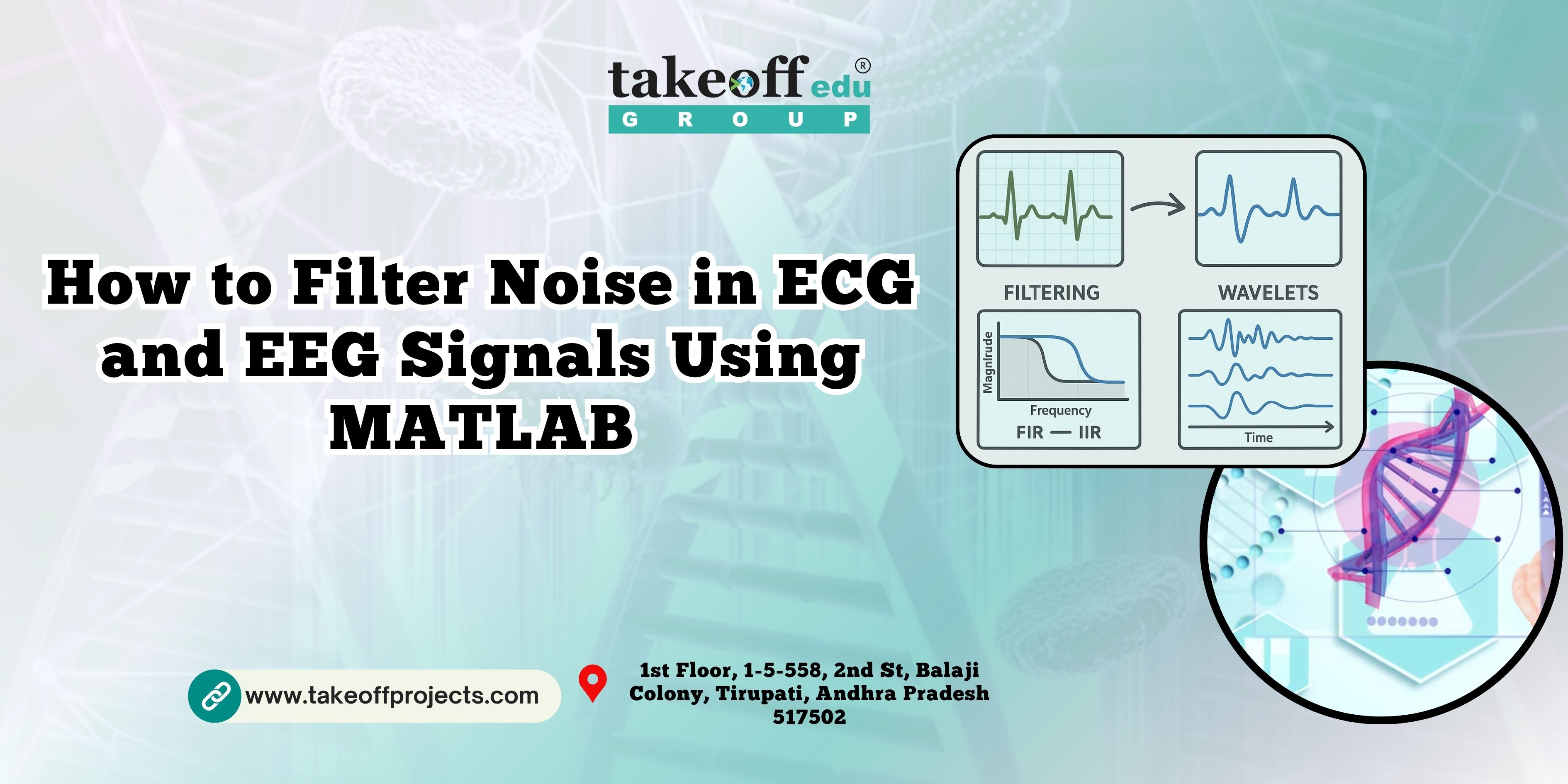 How to Filter Noise in ECG and EEG Signals Using MATLAB
How to Filter Noise in ECG and EEG Signals Using MATLAB 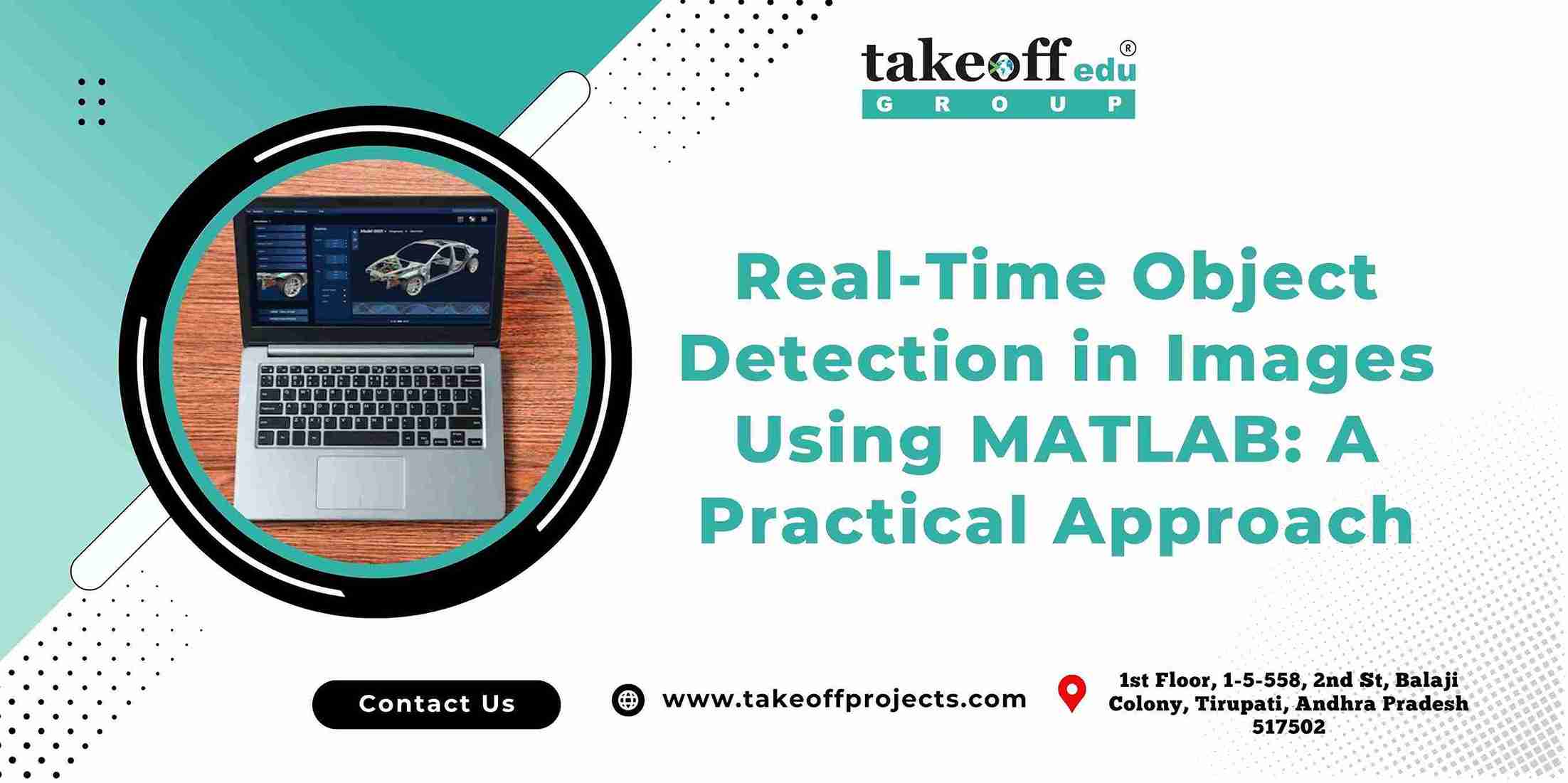 Real-Time Object Detection in Images Using MATLAB: A Practical Approach
Real-Time Object Detection in Images Using MATLAB: A Practical Approach 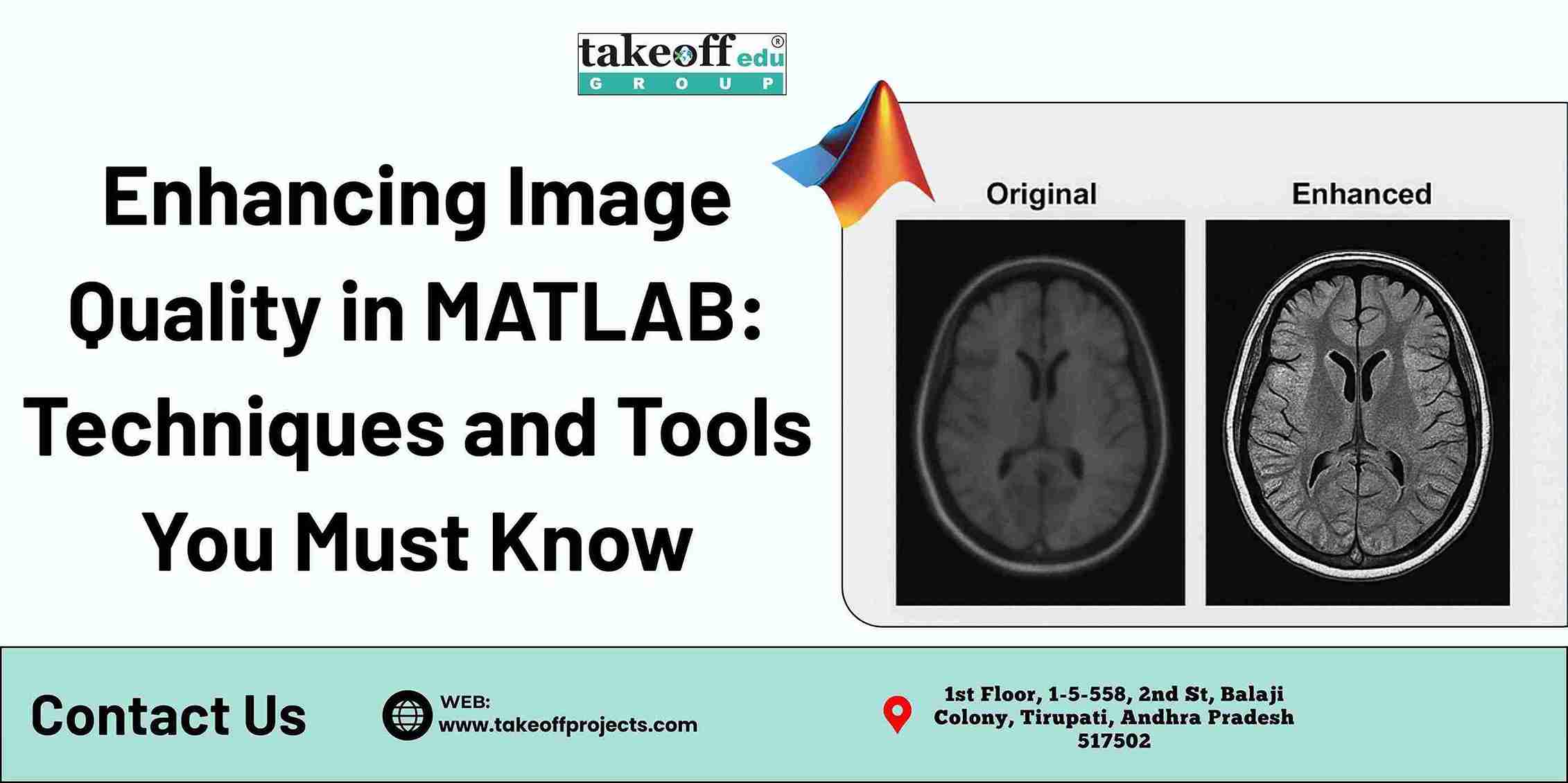 Enhancing Image Quality in MATLAB: Techniques and Tools You Must Know
Enhancing Image Quality in MATLAB: Techniques and Tools You Must Know 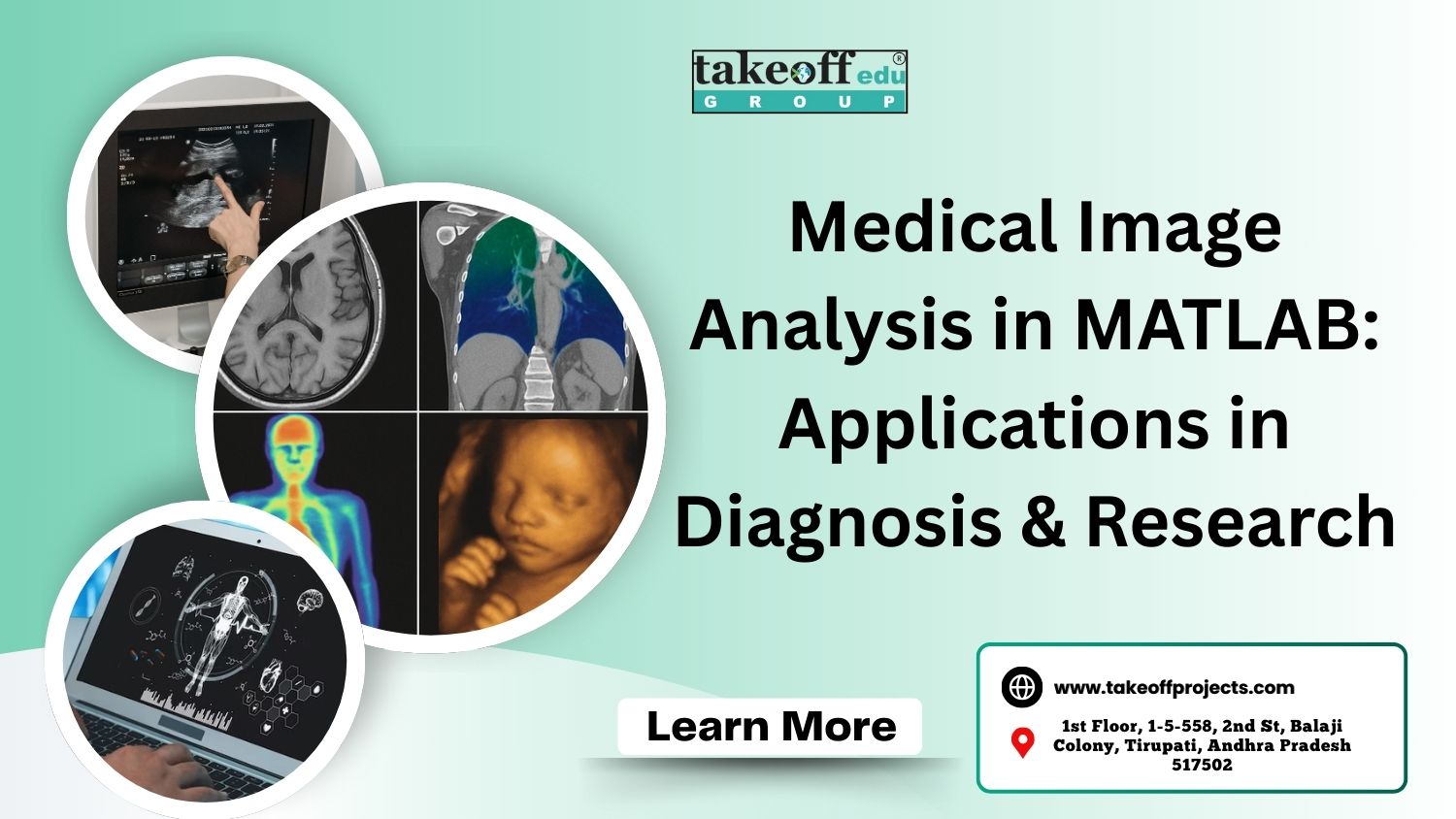 Medical Image Analysis in MATLAB: Applications in Diagnosis and Research
Medical Image Analysis in MATLAB: Applications in Diagnosis and Research  Top 5 Projects on 5G Networks
Top 5 Projects on 5G Networks  Top 5 Projects on Modulation Techniques
Top 5 Projects on Modulation Techniques  Top 7 Projects on MIMO Transmissions
Top 7 Projects on MIMO Transmissions  Top 5 Device to Device Communications Projects
Top 5 Device to Device Communications Projects  Top 7 Image Detection Projects
Top 7 Image Detection Projects  Top 5 Fusion and Saliency Projects
Top 5 Fusion and Saliency Projects  Top 7 Image Retrieval Projects
Top 7 Image Retrieval Projects  Top 5 Image Denoising Projects
Top 5 Image Denoising Projects 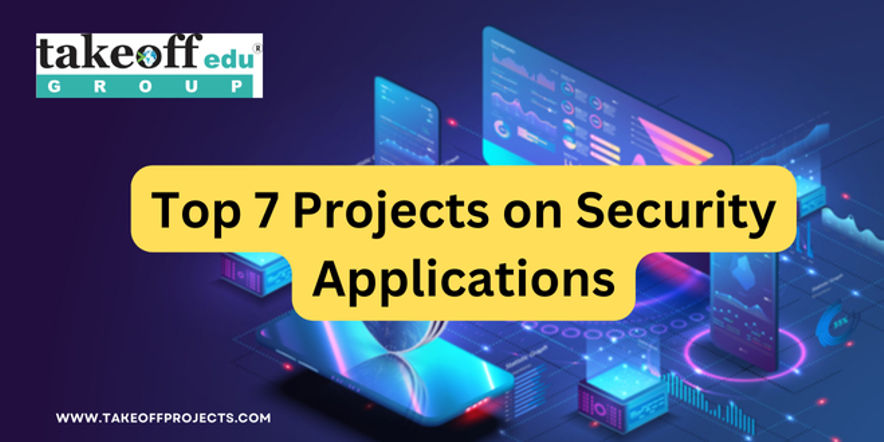 Top 7 Projects on Security Applications
Top 7 Projects on Security Applications 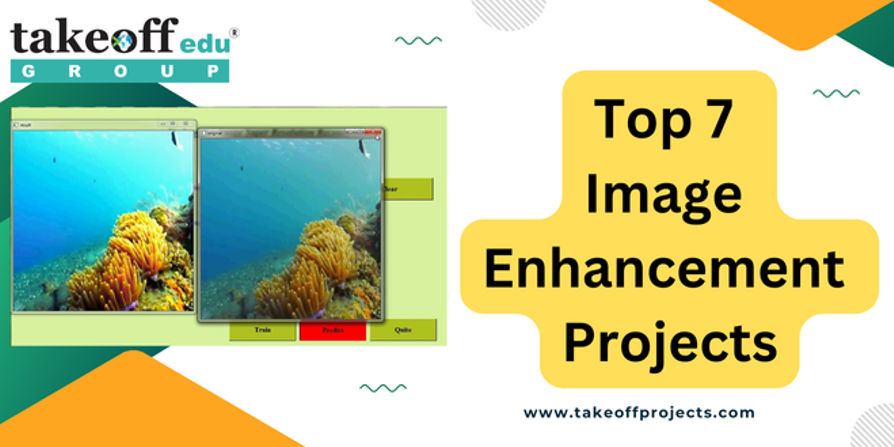 Top 7 Image Enhancement Projects
Top 7 Image Enhancement Projects  Top 10 Deep Learning Projects for B.Tech
Top 10 Deep Learning Projects for B.Tech  Top 5 Image Segmentation Projects
Top 5 Image Segmentation Projects  Top 5 Artificial Neural Network Projects
Top 5 Artificial Neural Network Projects 
 Paper Publishing
Paper Publishing


